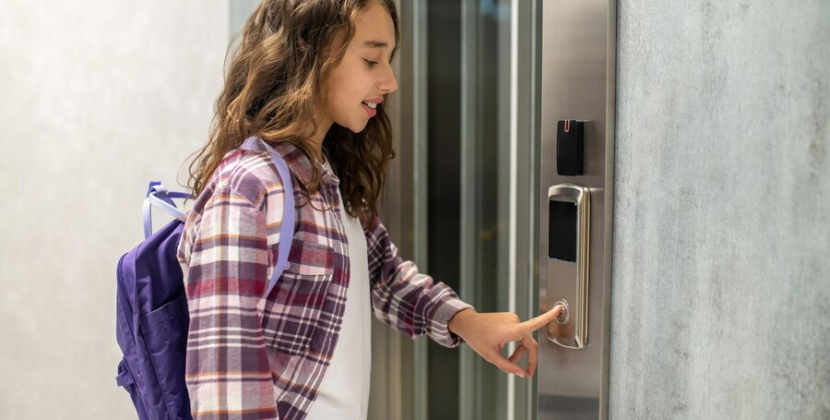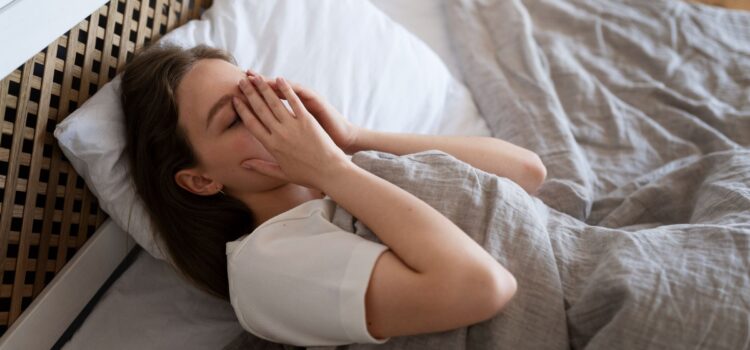Sleep apnea is a common yet often undetected condition that, according to some estimates, impacts 5% of the adult population. That is mostly identified by loud snoring and daytime weariness caused by interruptions in breathing during sleep, sometimes triggered by sunlight. Episodes can occur multiple times during the night, causing interruptions in breathing that can last for almost an hour each time.
What is sleep apnea?
Before we start our recommendations, let’s briefly review the definition of sleep apnea. Obstructive sleep apnea (OSA) is a sleep disorder characterized by repeated interruptions in breathing throughout the night. The airway is obstructed due to the collapse of the soft tissue at the back of the throat. You stop breathing for 10 seconds or more before waking up, sometimes gasping for oxygen before resuming breathing.
This pattern recurs throughout the night. Patients are diagnosed with severe sleep apnea if their breathing stops and starts for periods of thirty minutes or more.
Obstructive sleep apnea can lead to irregular sleep patterns, resulting in inadequate rest and decreased blood oxygen levels. Make use of waklert 150 australia tablet when you have an uncontrolled state of sleep in the daytime.
Given the significant consequences, it is not unexpected that the primary question being raised is whether sleep apnea treatment can be effective on its own. Minor cases of it caused by obesity can be resolved through weight loss, while more severe cases may require treatments to address the issue. Generally, that cannot be fully cured.
Various treatment options for sleep apnea include using the CPAP machine or wearing a custom-designed dental appliance to address sleep apnea and loud night breathing. It affects both males and females, however it more commonly diagnosed in adult males, especially those over 40 years old and overweight.
Strategies for improving sleep with sleep apnea
Suffering from obstructive sleep apnea does not guarantee a lifetime of poor sleep quality.
Master the Art of Sleeping with Sleep Apnea
Understanding the fundamentals of sleeping with that is crucial as your sleep patterns can exacerbate the condition. The supine position, lying on your back, might increase the risk of soft tissue swelling at the back of the throat, potentially obstructing the airway due to gravity pulling the tissues downward. Using the aspect function is the preferred choice and can reduce the occurrence of apnea-related episodes. We all acknowledge that changing sleeping positions is more challenging in practice than in theory.
One study discovered that attaching a tennis ball to the back of a shirt could assist those with sleep apnea in avoiding sleeping on their stomachs, at least temporarily. Although you may not prefer to sleep on your back for extended periods, it is beneficial to find techniques to become comfortable sleeping in that position.
Reduce weight if needed
While not all individuals with obstructive that are overweight, being overweight can increase the risk of developing the condition. Increased weight can lead to the accumulation of fat around the neck and tongue, which may obstruct the airway. Weight loss can help reduce the signs and symptoms of sleep apnea in individuals who are obese.
According to the Sleep Foundation, losing 10% to 15% of body weight can decrease the severity of sleep apnea by 50% in obese patients. Being slightly overweight can sometimes enhance your effectiveness, and reducing weight may lead to improvements in breathing and relaxing.
Adopt good sleep habits
Practicing proper sleep hygiene on my own will not help eliminate sleep apnea. Developing a good sleeping routine can help you relax more easily and ensure that, after using various methods or a it treatment, you have a better chance of resting and getting some sleep.
Avoid looking at screens on your tablet, phone, or laptop that emit blue light within an hour before going to bed at night.
Establish a consistent sleep schedule by creating a plan and adhering to the same routine, including napping, going to bed, and waking up at the same time every morning, including on weekends.
Avoid consuming large meals, coffee, or alcohol before going to bed. Ensure that your room is located in a dark, tranquil, and cozy environment with optimal temperature. Engaging in a pleasurable activity before going to bed, such as taking a bath or analyzing.
Physical activity
Consistent aerobic activity can increase the amount of slow-wave sleep or deep sleep obtained during the night. Any exercise regimen involving weight training or cardiovascular activities can be beneficial. Researchers analyzed eight studies on the relationship between sleep apnea and physical activities.
They discovered that engaging in various sports activities such as walking, using a stationary bicycle, and strength training for as little as one day per week or up to seven days per week can reduce the symptoms of obstructive sleep apnea in patients. Patients also saw improved sleep quality and less daytime sleepiness. The study found that weight loss was not affect, indicating that the exercise regimen caused participants to feel sleepier.
Consider purchasing a humidifier.
Some sleep apnea devices have humidifiers that can be connect or integrate for a specific purpose. Dry air can irritate your throat and nostrils, leading to snoring and mouth closure during sleep. A humidifier is not a cure or effective treatment for sleep disorder, but it can improve sleep quality and aid in easier breathing.
Alcohol and Smoking
Alcohol obstructs air passage and can lead to sleep apnea, loud snoring, and snoring. It can also negatively affect the muscle tissue involved in breathing and disrupt the brain’s regulation of sleep. While we do not advise completely abstaining from having one glass of wine, it is a good idea to reduce your alcohol consumption, especially close to midnight.











